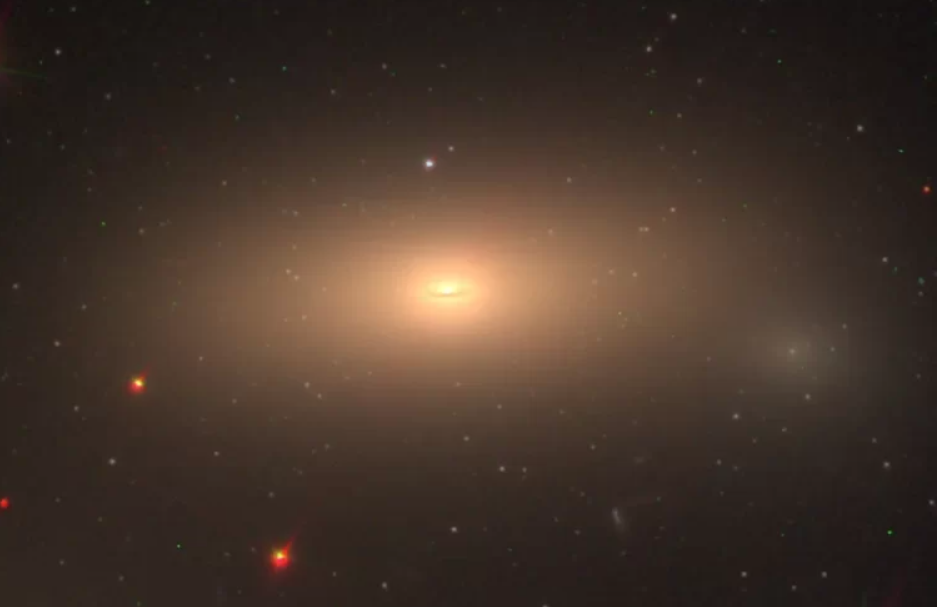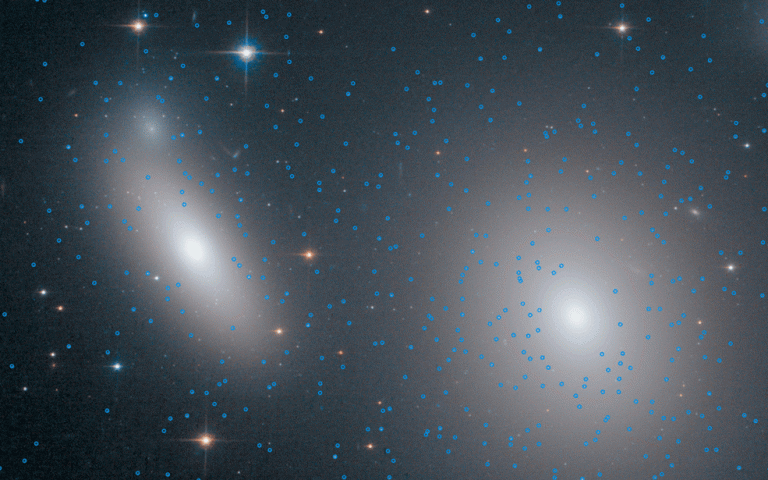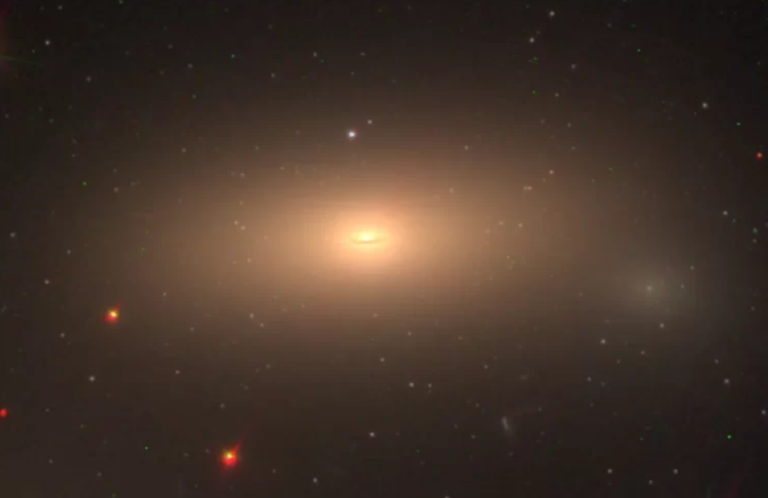Astronomers Discover a Galaxy Untouched Since the Early Universe
Astronomers using the Hubble Space Telescope have identified NGC 1277 as a “relic galaxy,” remaining unchanged since its formation 10 billion years ago. This discovery is particularly notable due to the galaxy’s almost complete absence of blue globular clusters, suggesting it has experienced minimal mergers with other galaxies. NGC 1277 moves too quickly within the Perseus cluster to absorb nearby galaxies, preserving its original state. Despite being only a fifth the size of the Milky Way, it contains twice as many stars.
Galaxy NGC 1277 is revealed to be a remnant galaxy that has remained unaltered since its formation 10 billion years ago, offering astronomers a rare glimpse into the early universe.
Michael Beasley and Ignacio Trujillo from the Instituto de Astrofísica de Canarias proposed using the Hubble Space Telescope to observe a “relic galaxy” that has stayed mostly unchanged since its creation. Such pristine examples from the distant past are extremely rare, representing only about one in every thousand galaxies. The researchers believed they had a strong candidate in NGC 1277 within the Perseus cluster, and they were right.

How the artifact was discovered
The scientists noted higher degree of red color on the globular clusters of NGC 1277, which are clusters of stars. Typically, globular clusters come in two colors: which were considered red and blue. Red clusters are formed during early phase of evolution of a galaxy, are centrally concentrated and have higher helium content. Blue clusters, on the other hand are a collection of stars at different places that was part of a smaller galaxy before being gobbled up by a larger one over time. Lack of blue clusters in NGC 1277 indicates that this galaxy has not undergone much evolution since its formation. On the other hand, our Milky Way contains both red as well as blue globular clusters due to our continuous ingestion of other galaxies in the course of its journey in cosmos space.

A huge glance into the past
While being virtually 10 billion years old, the galaxy allows astronomers to get the chance of observing the essentially newborn galaxies’ formation. NASA refers to the galaxy as a ‘developing’ galaxy that is however ‘arrested’. Dr Beasley has been studying globular clusters in galaxies for a long time and has never seen this ever: “this is the first time a galaxy so massive has been observed with so few blue globular clusters. ” The fact that the galaxy is relatively close by, approximately 240 million light years away, only makes the discovery more thrilling. “We can study such original galaxies in great detail and investigate conditions in the early universe”, says Trujillo.




0 Comments